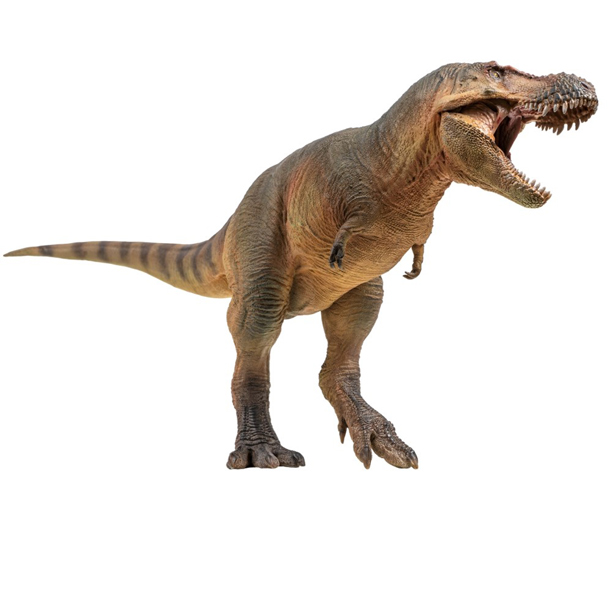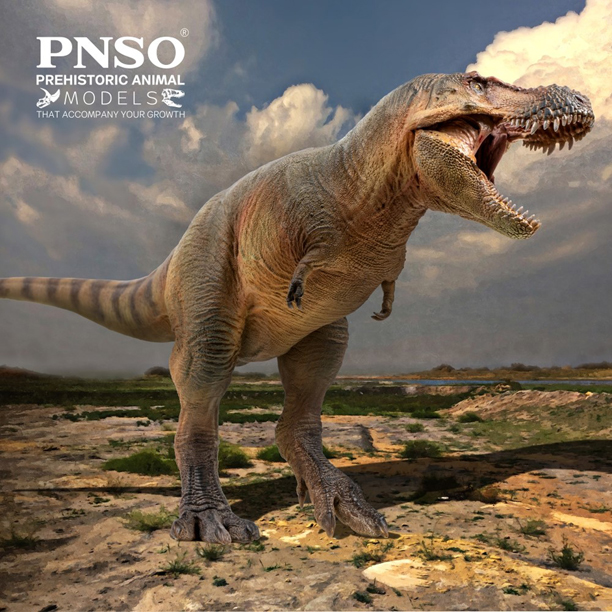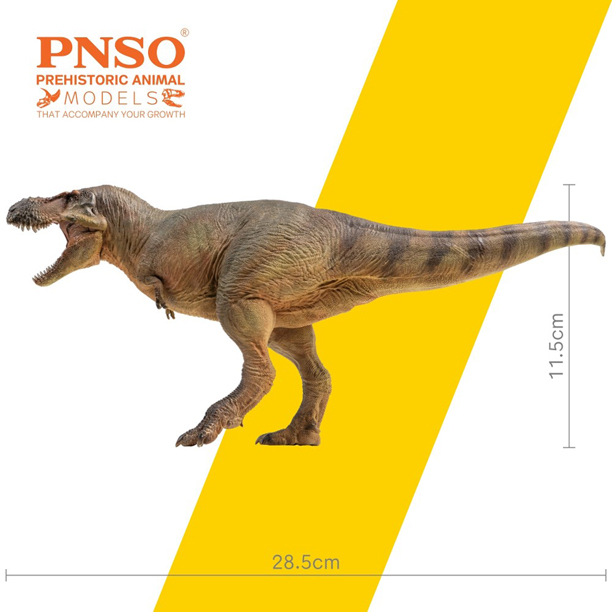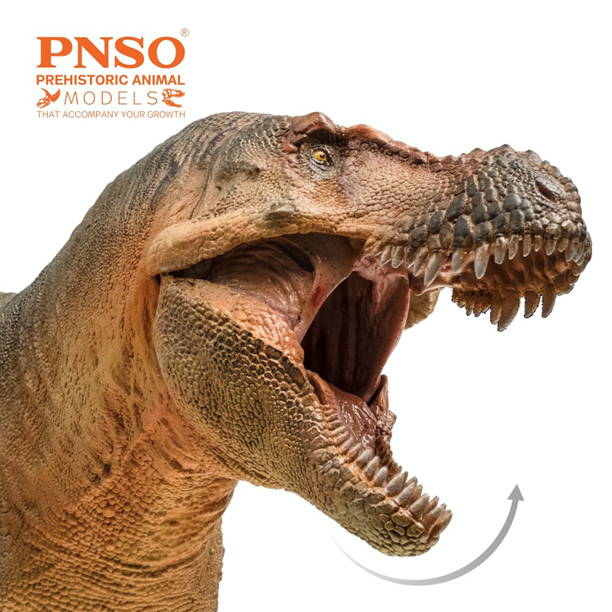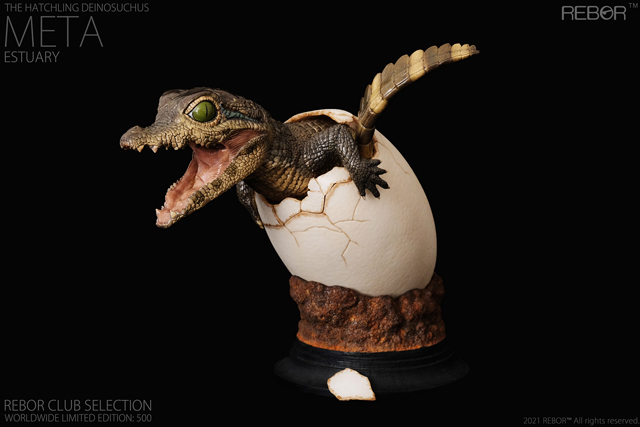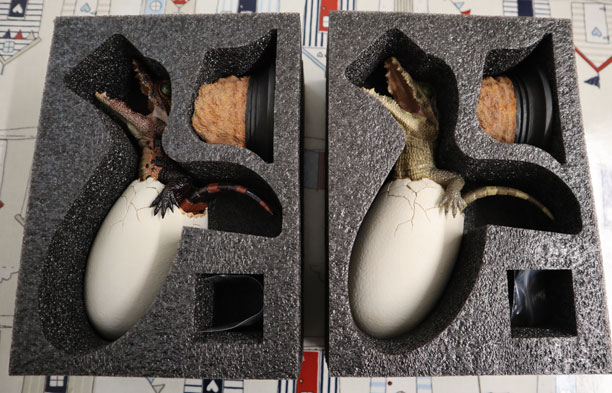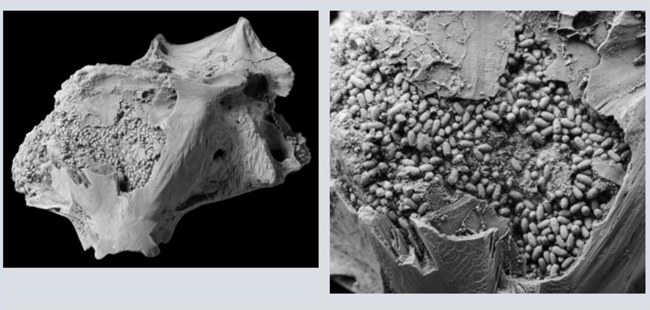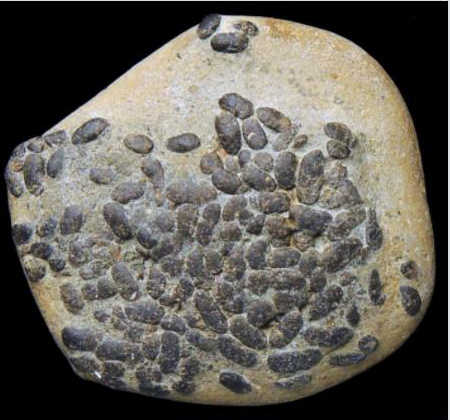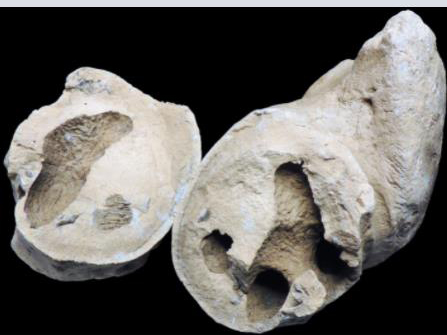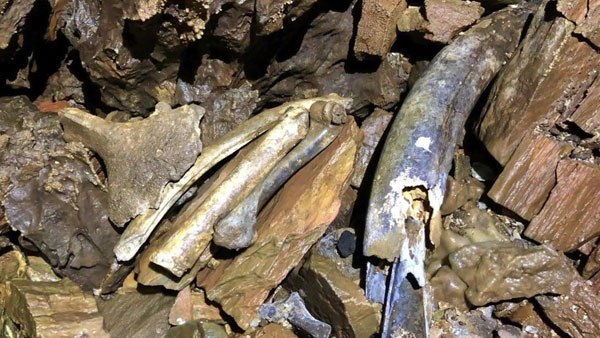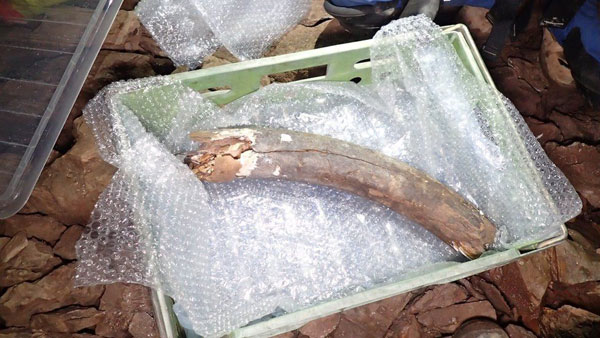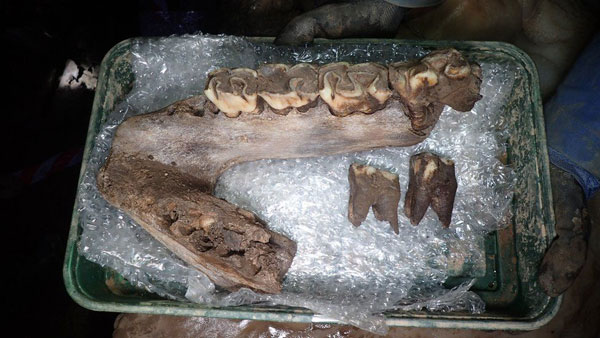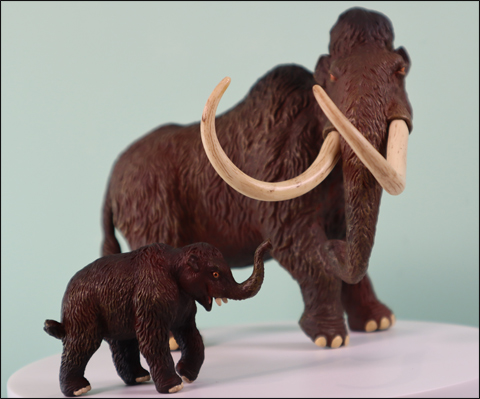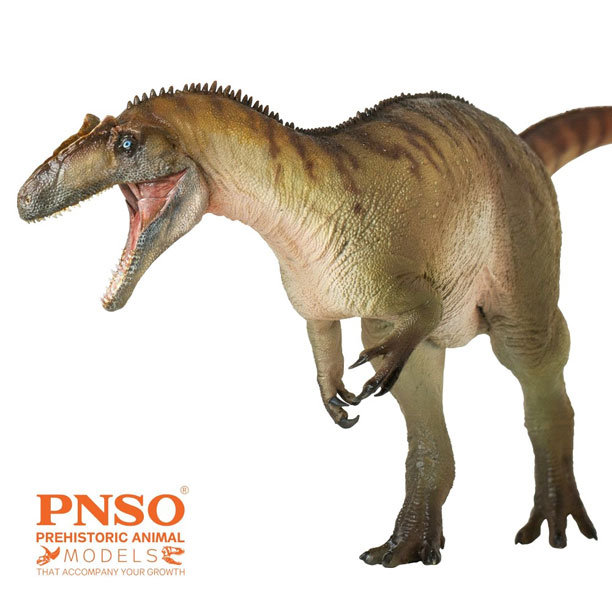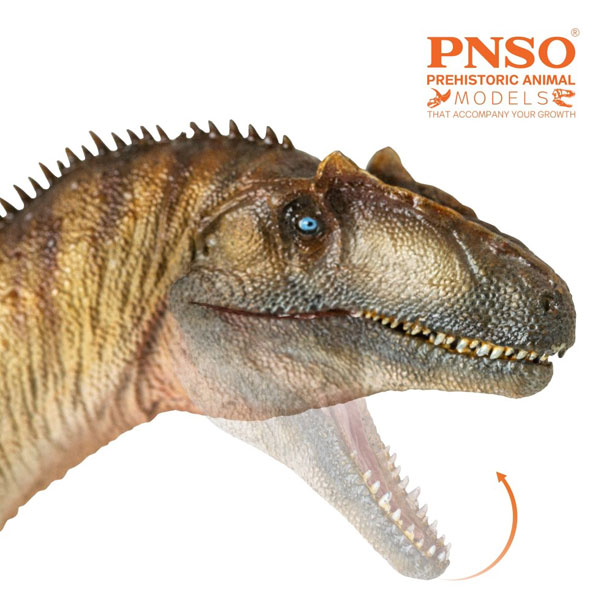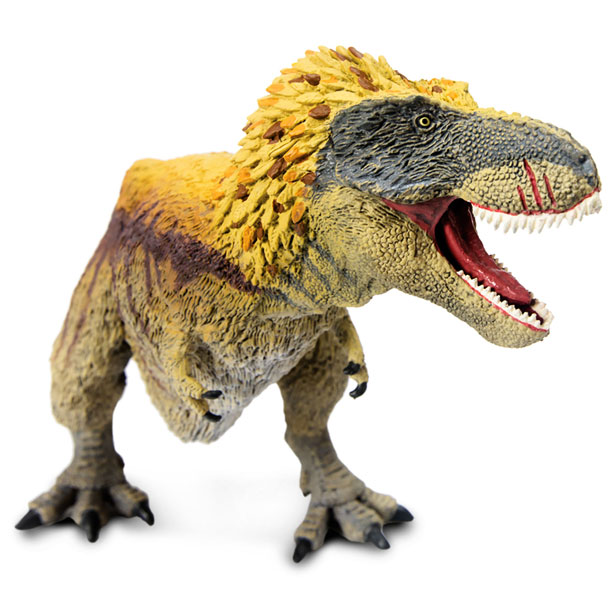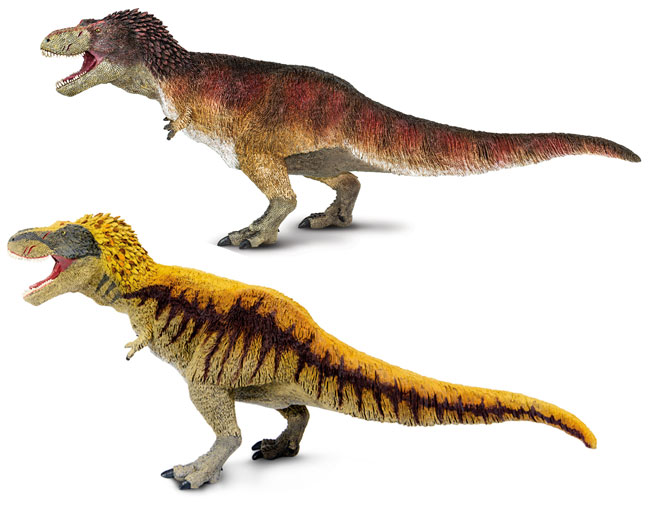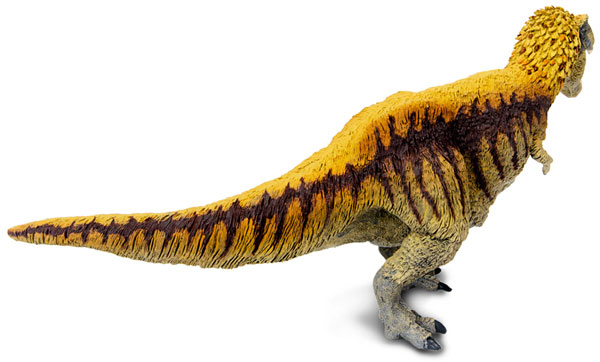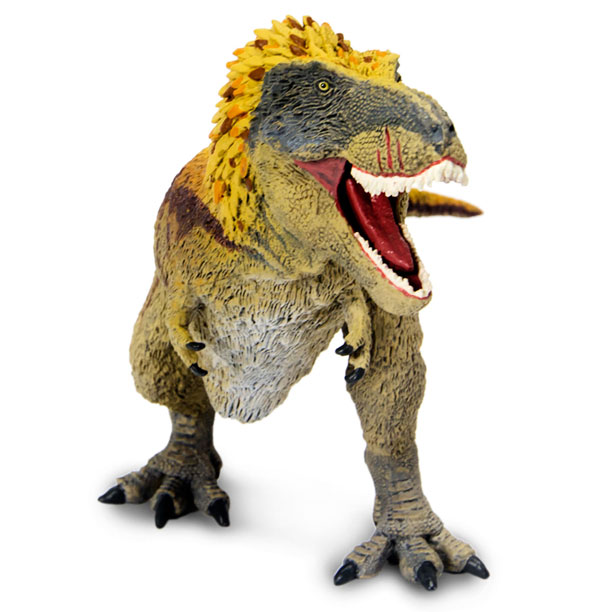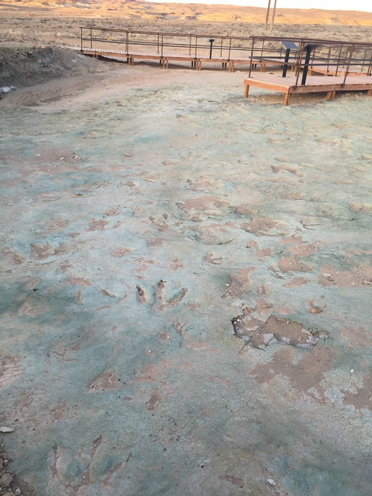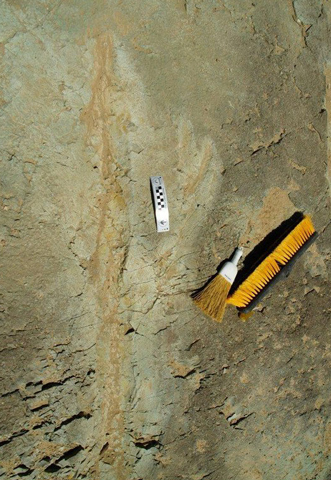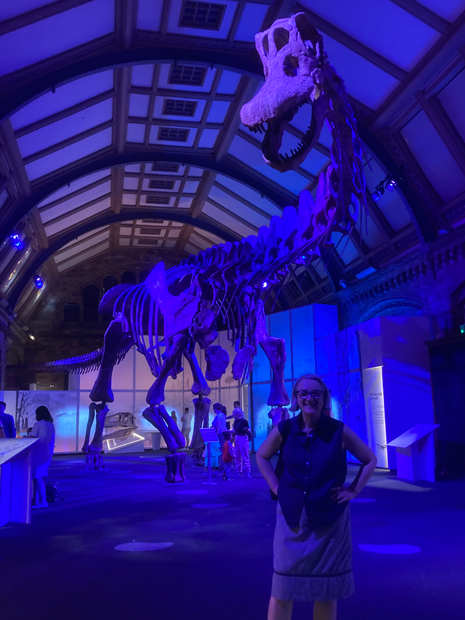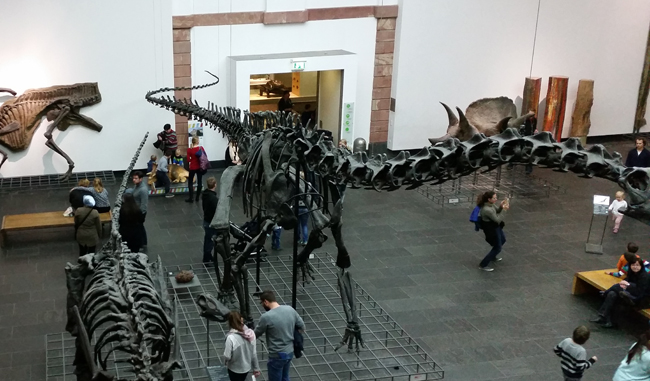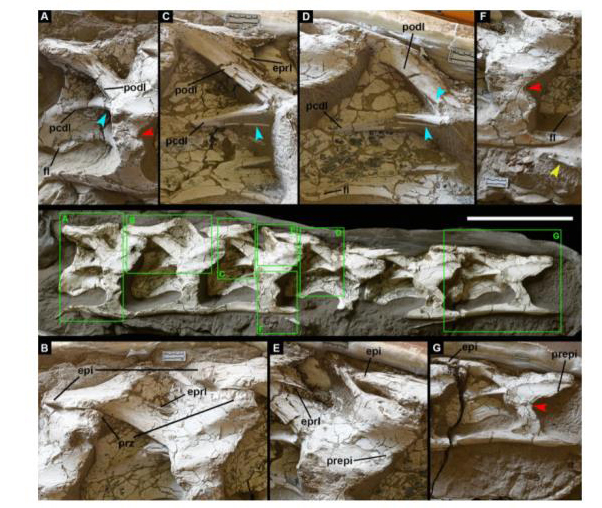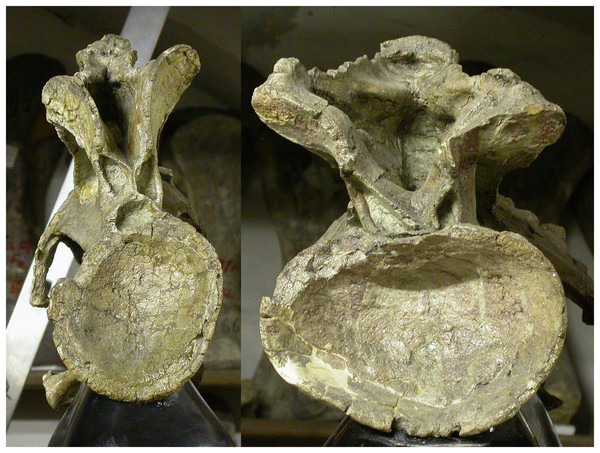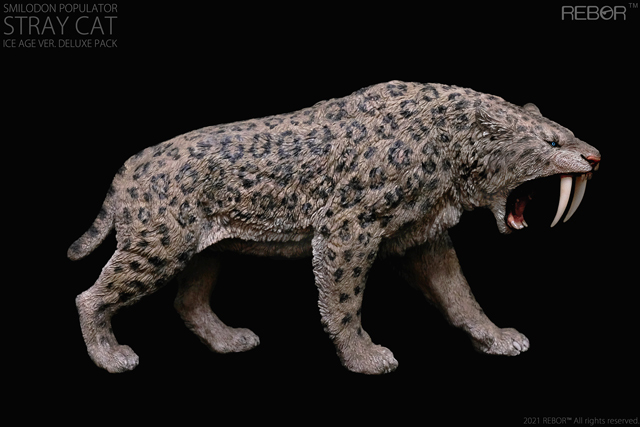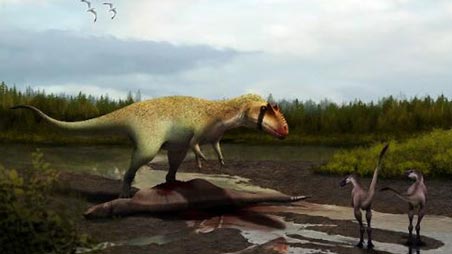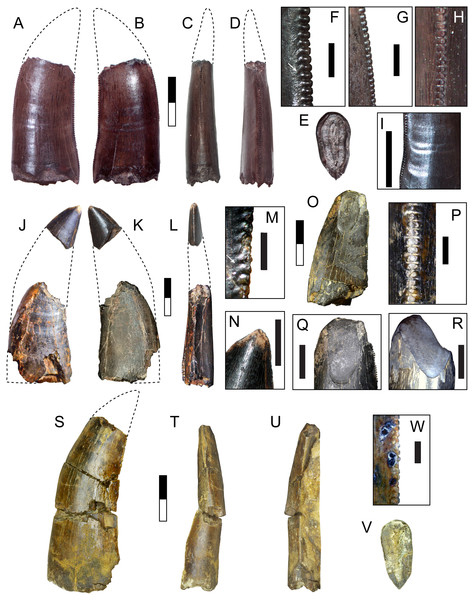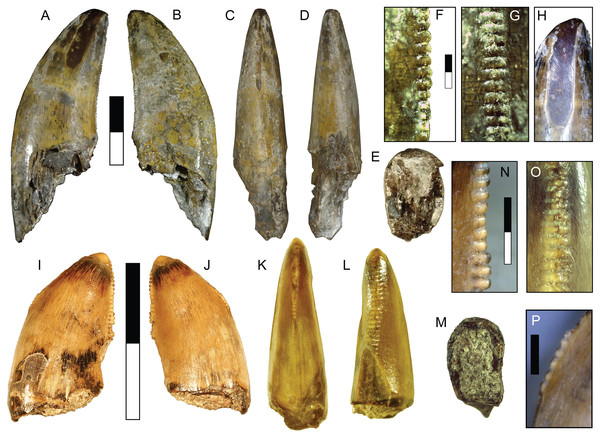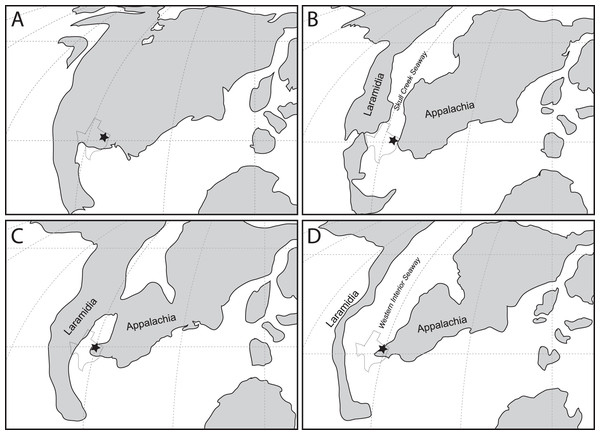The New PNSO Lu Xiong the Zhuchengtyrannus
PNSO will introduce a model of the fearsome Late Cretaceous Chinese tyrannosaur Zhuchengtyrannus in early spring. The PNSO Lu Xiong the Zhuchengtyrannus will be in stock at Everything Dinosaur in March (2022). Team members were aware of this tyrannosaur model going into production and arranged to delay the loading of their shipping container on the vessel leaving China until the new Zhuchengtyrannus figure was available from the factory.
Zhuchengtyrannus magnus
News of the discovery and scientific description of a new taxon of giant tyrannosaur from Asia (eastern China), began to appear in media outlets around the 1st of April 2011. The discovery of a giant, Late Cretaceous predator that may have rivalled Tyrannosaurus rex in size was thought by some to be an April Fool’s joke. A point alluded to in Everything Dinosaur’s blog post announcing the discovery: A New Tyrannosaur Taxon is Described.
Zhuchengtyrannus Model Measurements
The PNSO Lu Xiong the Zhuchengtyrannus dinosaur model, pronounced “zoo-cheng-tie-ran-us” measures 28.5 cm in length and it stands 11.5 cm high. PNSO have introduced two other tyrannosaurs into their mid-size model range, both were launched in 2021. There is a replica of Tarbosaurus (Chuanzi the Tarbosaurus), which is thought by many palaeontologists to represent a sister taxon to Zhuchengtyrannus (Loewen et al, 2013) and a model of the controversial genus Nanotyrannus (N. lancensis).
Model Size Comparisons
- PNSO Lu Xiong the Zhuchengtyrannus (2022) – length 28.5 cm and height 11.5 cm.
- The PNSO Chuanzi the Tarbosaurus (2021) – length 31 cm and height 11 cm.
- PNSO Logan the Nanotyrannus (2021) – length 17 cm and height 6.5 cm.
Colour Posters, Booklet and a QR Code
The new for 2022 PNSO Lu Xiong the Zhuchengtyrannus replica is supplied with colour posters, a 64-page booklet and the packaging has a QR code on it that links to a short video that explains how the figure was developed.
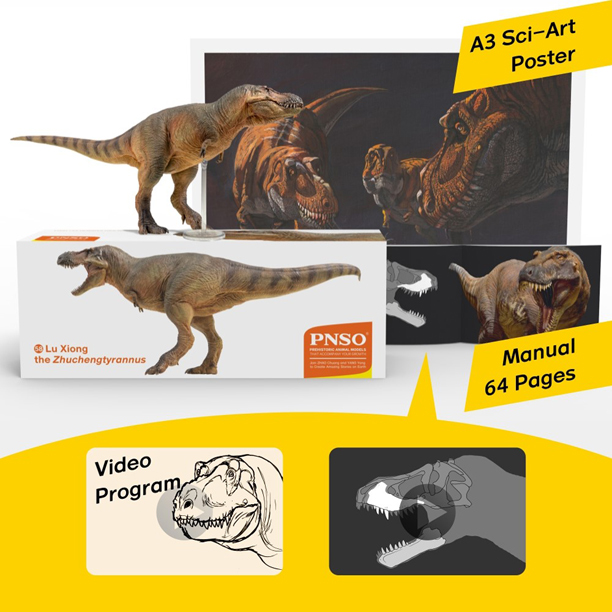
The new for 2022 PNSO Lu Xiong the Zhuchengtyrannus dinosaur model is supplied with colour posters, a 64-page information booklet and the packaging has a QR code that links to a short video that explains how the figure was developed.
The award-winning Everything Dinosaur website: Dinosaur Toys.
Evidence of a Second Large Tyrannosaur from Shandong Province
The fossil material ascribed to Zhuchengtyrannus consists of a left dentary (lower jaw) and a nearly complete right maxilla (bone from the upper jaw). Both were found in a hadrosaur bonebed deposit. Calculating the size of this fearsome theropod has proved difficult, although it has been described as an apex predator.
Intriguingly, other tyrannosaur bones were found in the same bonebed. A lower jaw and a maxilla from suspected other tyrannosaurs (specimen numbers ZCDM V0030 and ZCDM V0032 respectively), were discovered. Both fossils differ from the equivalent material ascribed to Z. magnus and from all known tyrannosaurs. This suggests that at least one other large tyrannosaur was present in the palaeoenvironment.
The PNSO Zhuchengtyrannus model has been equipped with an articulated lower jaw.
A spokesperson from Everything Dinosaur commented that they were looking forward to the arrival of Lu Xiong the Zhuchengtyrannus dinosaur model and this figure should be in stock in March (2022).
To view the range of PNSO prehistoric animal models and figures available from Everything Dinosaur: PNSO Age of Dinosaurs.


